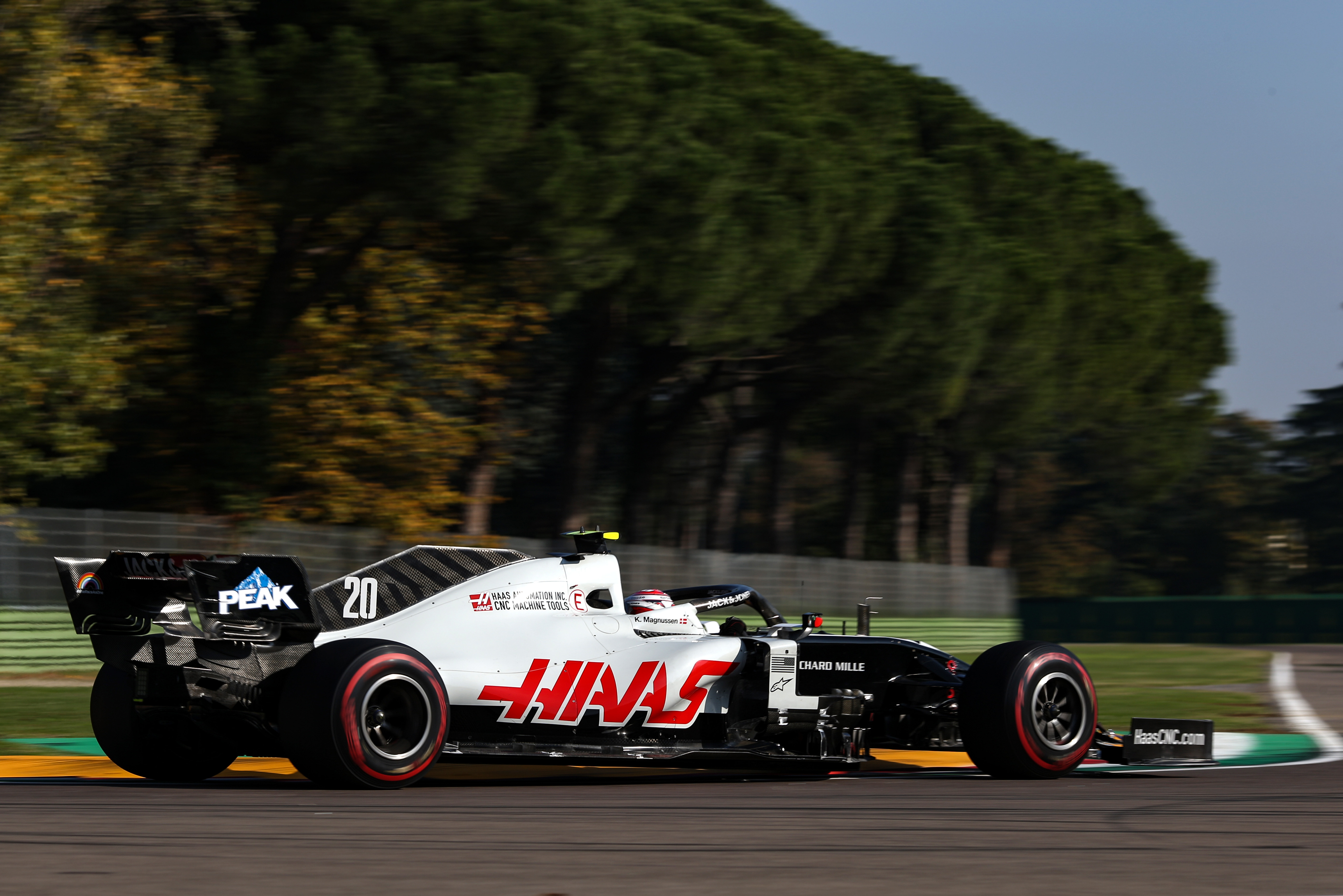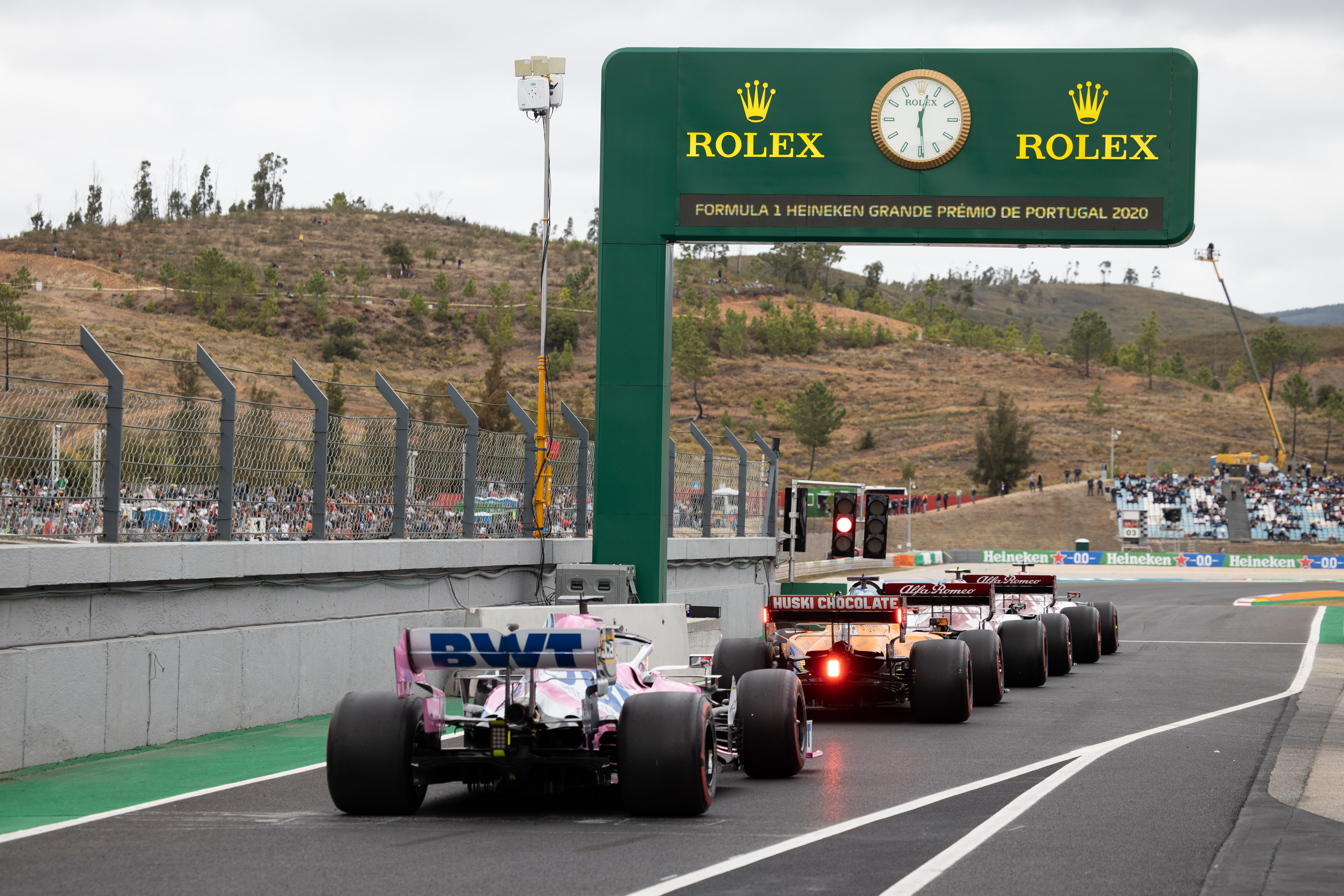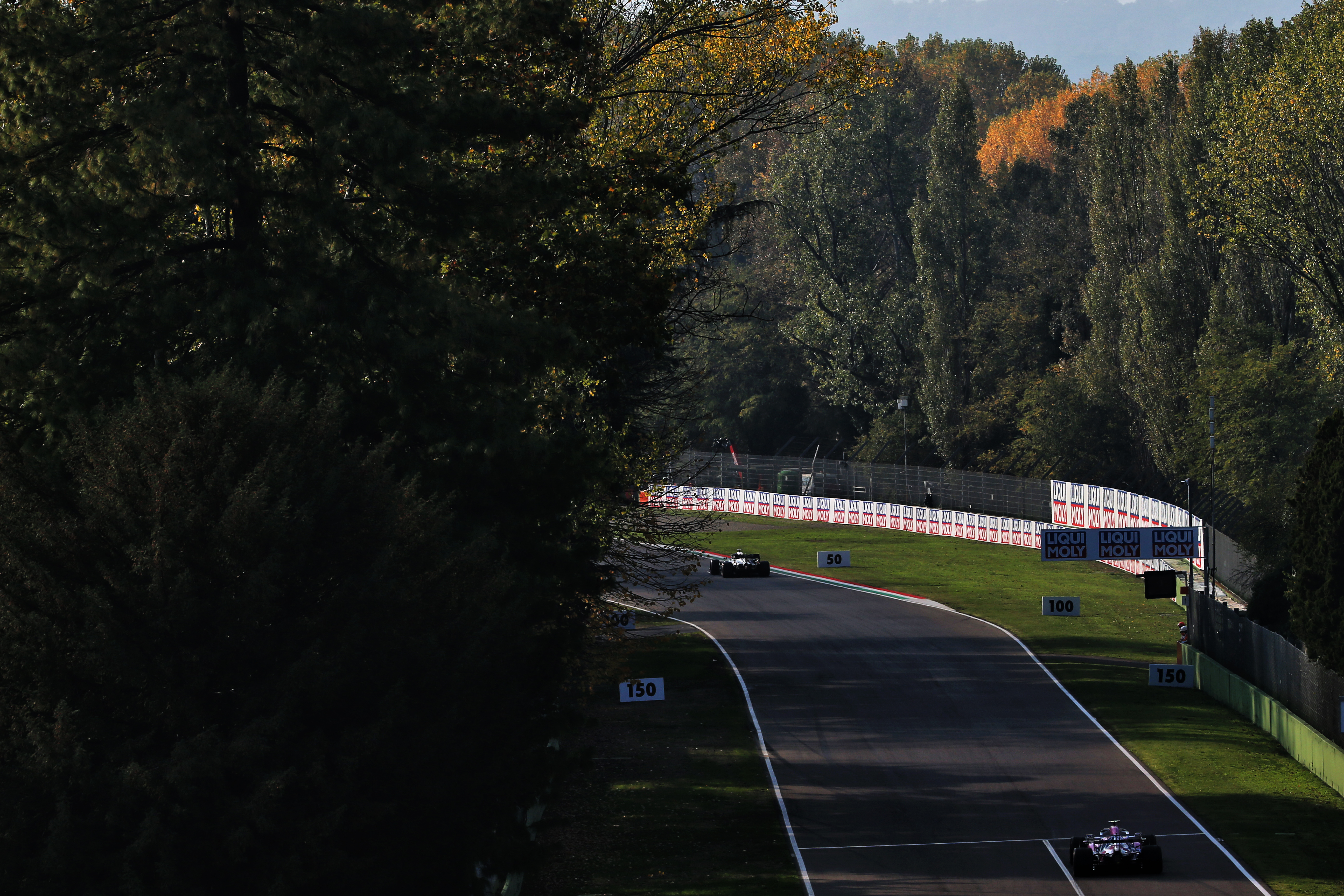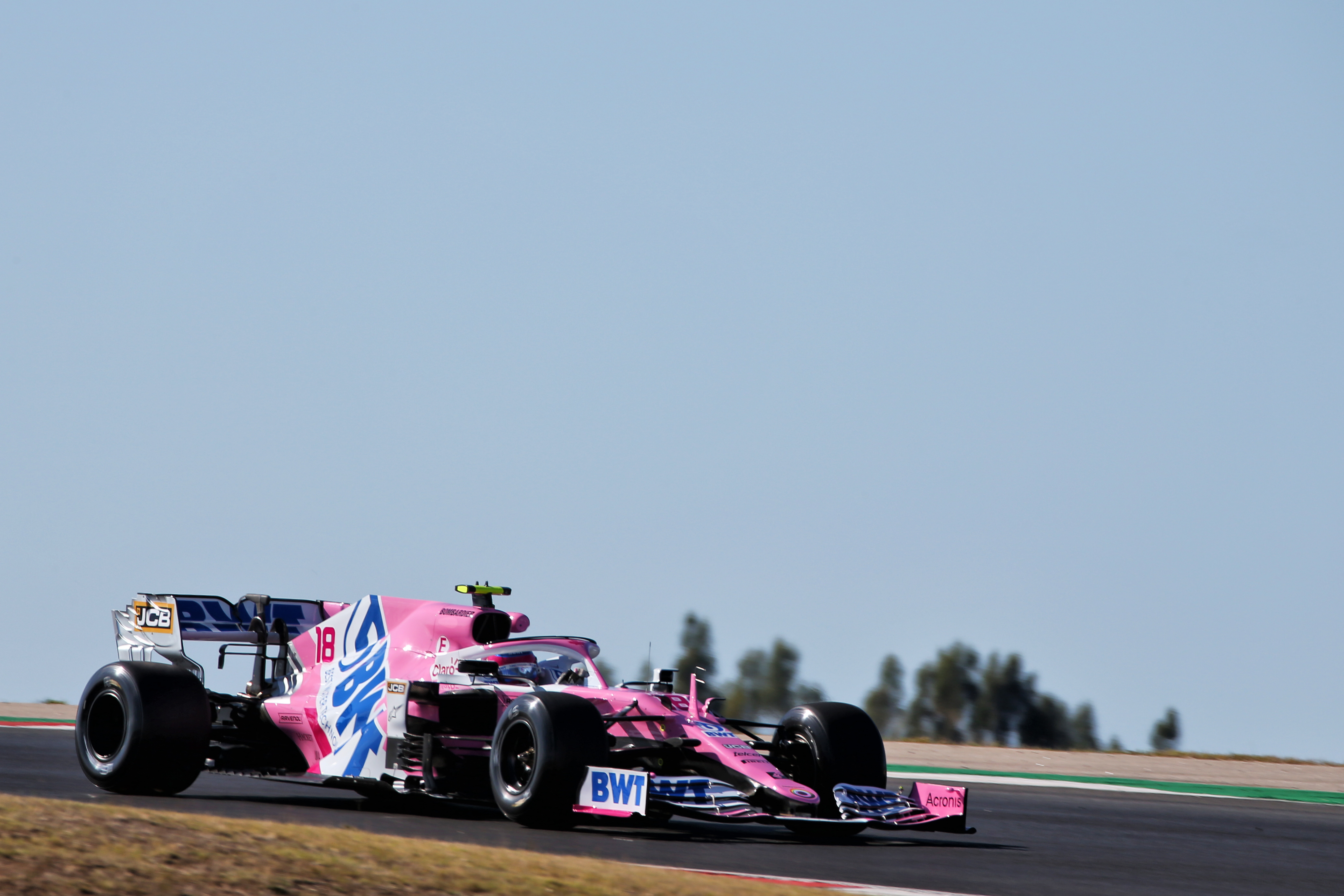Up Next

The FIA resolved to eliminate so-called ‘copycat cars’ in Formula 1 following the controversy that engulfed the Racing Point team thanks to its RP20 design, dubbed the ‘Pink Mercedes’ – effectively a clone of the 2019 Mercedes.
Racing Point was found guilty of illegally designing its rear brake ducts on the basis that it used design data supplied by Mercedes before these were regulated as listed parts in 2020.
While Racing Point was cleared of doing so with its front brake ducts given it had run the Mercedes-based designs in 2019, the same wasn’t true for the rear brake ducts and the team was therefore hit with a 15-point deduction and €400,000 fine.
But amid the controversy over the team’s self-confessed copying of the Mercedes, albeit by legal means, there was pressure from rivals to tighten up the regulations to prevent this in future.
Eventually, teams that had protested the Racing Point verdict dropped their appeals once agreement was in place to prevent copycat cars in the future.
The FIA recently released the regulations to facilitate this, laying out more rigorous rules with a specific attempt to outlaw reverse engineering as a means to copy a rival’s concept.
In 2020, these rules were detailed in Appendix 6 of the sporting regulations but for next year they move to the technical regulations and are enshrined in Article 22.
LISTED PARTS DEFINITIONS

The focus is on the rules governing listed team components (LTC), which are now defined as “components whose design, manufacture and intellectual property is owned and/or controlled by a single competitor or its agents on an exclusive basis”.
Previously called “listed parts”, this list includes the survival cell, front impact structure, roll structures, brake ducts and the bodywork.
The regulations are now more rigorous in terms of their definitions of the requirement to design and manufacture LTCs, stressing that this encompasses the full design and R&D history of the parts.
Within that definition, teams may outsource the design of LTC, as Haas does with Dallara, provided certain criteria are satisfied.

These are that the team must retain the exclusive right to use those parts while it is in F1, and the company or companies that design and/or manufacture the parts cannot be a rival team or what is defined as an ‘associate’ of a rival team.
Associates are defined as those who own share capital or business assets of a team, have voting rights or power to appoint board members, are within the same entity or legal group structure or are agents – defined as any entity that has been “set up or used by a competitor to circumvent the requirements of Article 22”.
It also cannot be “a party that directly or indirectly designs LTCs or TRCs [transferable components, those whose design, manufacture and intellectual property resides with a single supplier] for any other competitor”.
WHAT COPYING IS ALLOWED?

While the LTC definition sets clear boundaries for the design and manufacture of such components, the rules also attempt to eliminate outright copying.
The rules accept the principle that it is “permissible to be influenced by the design or concept of a competitor’s LTC using information that must potentially be available to all competitors”, but there are limits to this.
The regulations state that such information can only be obtained at events or tests, with “reverse engineering” also outlawed.
Reverse engineering is defined as four processes, which are listed in Article 22.3.3:
a) The use of photographs or images, combined with software that converts them to point clouds, curves, surfaces, or allows CAD geometry to be overlaid onto or extracted from the photograph or image
b) The use of stereophotogrammetry, 3D cameras or any 3D stereoscopic techniques
c) Any form of contact or non-contact surface scanning
d) Any technique that projects points or curves on a surface so as to facilitate the reverse-engineering process
Effectively, this means that it is not permitted to use advanced 3D modelling techniques of scanning of physical parts to gain precise measurements to facilitate reverse engineering.
There have been suggestions of such activities in the past, with Mercedes team principal Toto Wolff suggesting earlier this year that an unnamed rival was scanning its cars both in and outside the garage.
HOW IS THIS POLICED?

The regulations state that in cases where “isolated features” of one team’s LTCs resemble that of a rival, the FIA will investigate if this has been done legitimately or through reverse engineering.
To make this possible, the rules state that the FIA can request any data about such parts and the history of their design process.
This section of the regulations also enshrines the ‘grandfathering’ of parts used in 2019 and 2020. This means that the Racing Point RP20 will be legal next season by effectively wiping the slate clean.
As before, the regulations prevent teams passing on or receiving information on LTC from other teams, as well as outlawing both consultancy with third parties supplying services to a rival related to LTC and sharing of “methodology”.
While it is also demanded that teams or their agents must have exclusive ownership of all rights related to its LTC, it does allow the use of specialist intellectual property or technology of third parties provided this is available to all competitors.
The use of “commercially available sub-components or sub-assemblies” is also permitted provided they are available to all. The FIA is allowed to request a list of such components and has the power to classify these as LTC if they are deemed to be an attempt to circumvent the LTC rules.
WILL IT WORK?

The new regulations are more rigorous than the ones that previously existed and close off many of the weaknesses that were laid bare by the Pink Mercedes controversy. By grandfathering the cars, they effectively draw a line under what has happened before and everyone starts with a fresh slate next year.
Explicitly outlawing the scanning of cars, and various means of clandestinely sharing information, creates far more certainty in the regulations.
And while breaches of the reverse engineering regulations could turn out to be difficult to prove should there be an investigation into suspected wrongdoing, they do eliminate many of the uncertainties that became points of argument in the Racing Point case.
Explicitly bringing the necessity to own the intellectual property into the rules – which was not mentioned in Appendix 6 in 2020, creating an avenue for argument in the Racing Point case – also forms a more precise legal standard to judge legality by.
Only time will tell if this has closed off all the possible arguments that might allow teams to attempt to circumvent the regulations, but it’s certainly a big step in the right direction.
And while it will not and should not prevent concepts and ideas being copied, it clearly sets the boundaries for doing so.
Provided, of course, they do stand up to scrutiny if the FIA does suspect any team to be in breach in the future.






